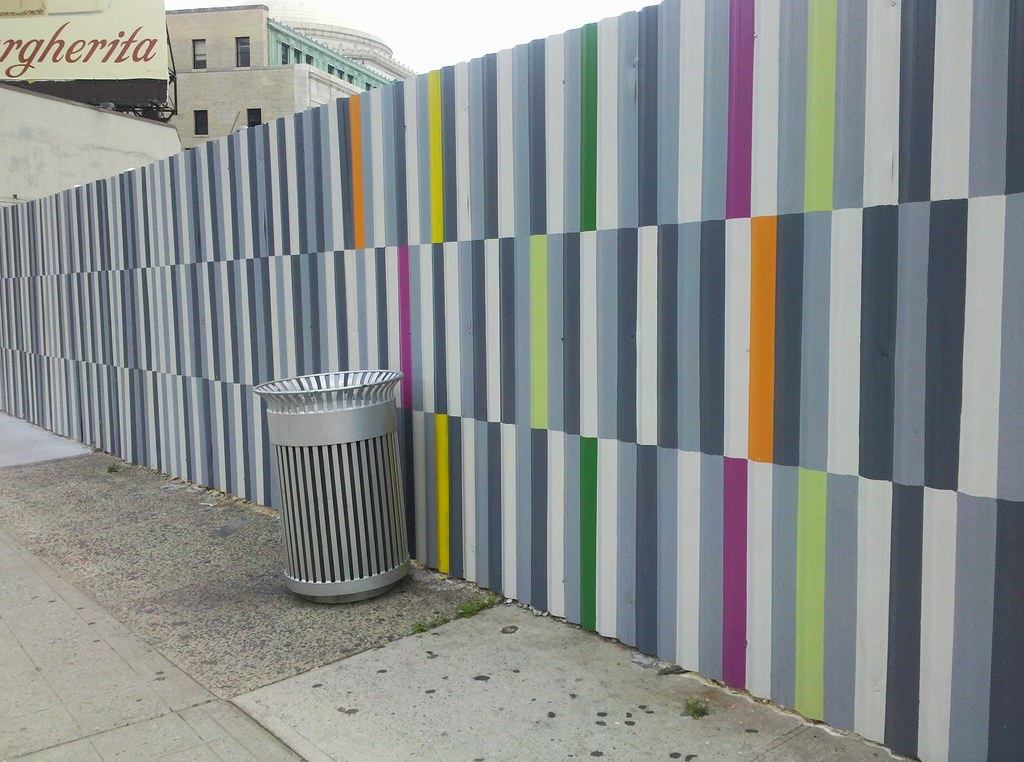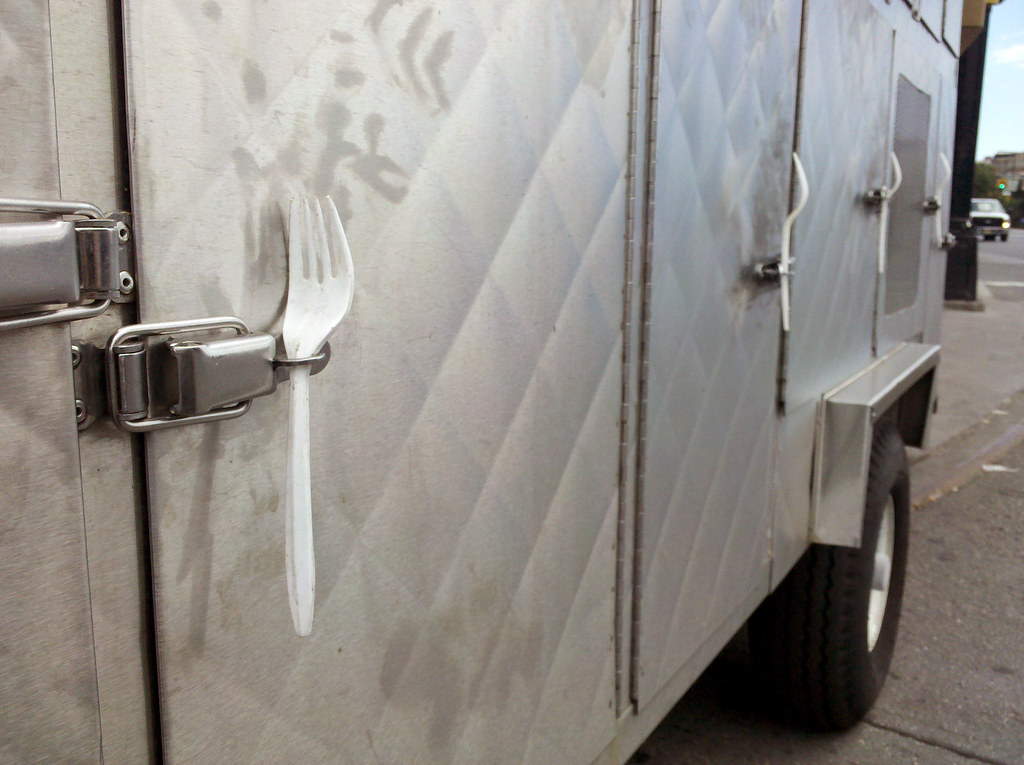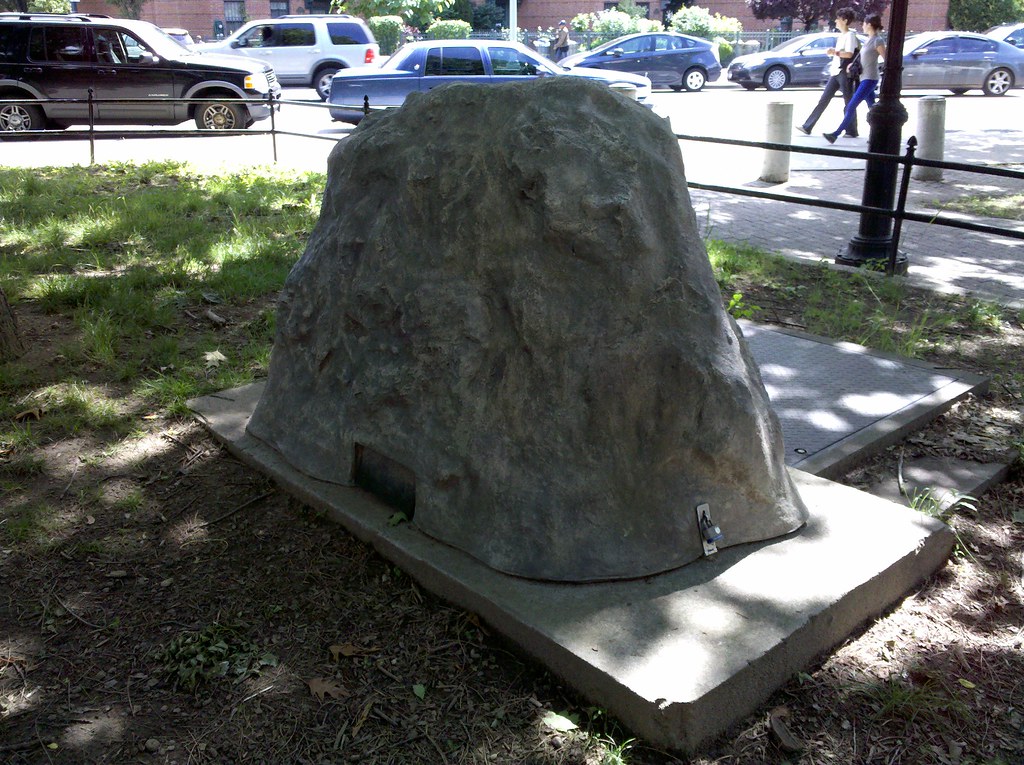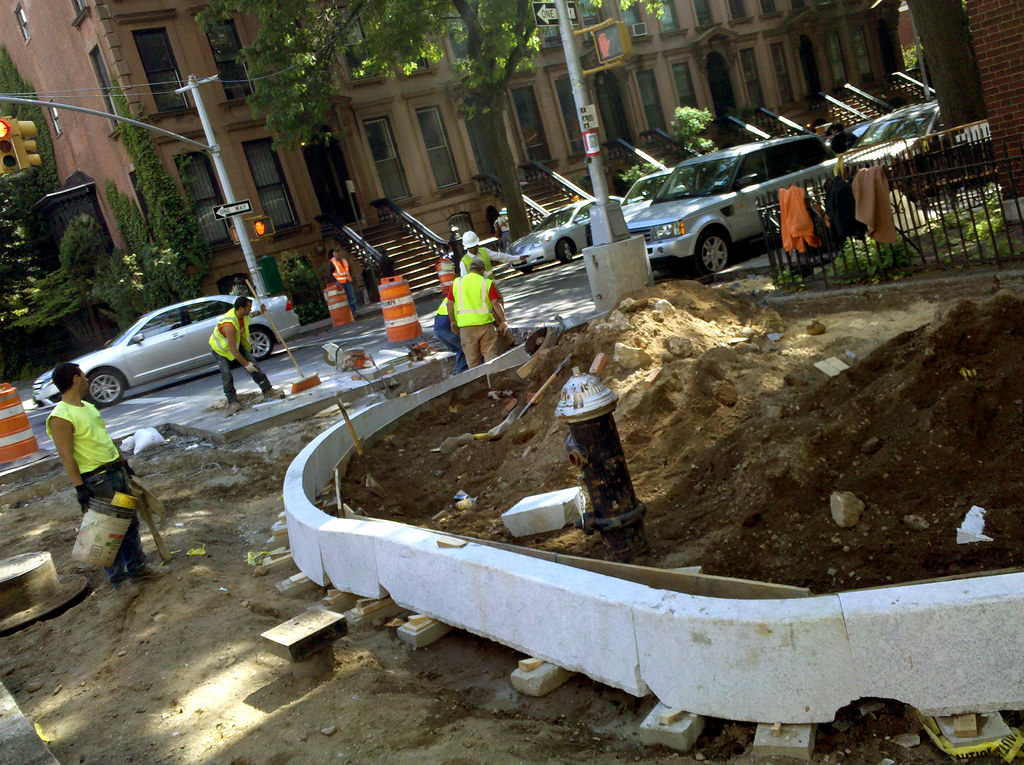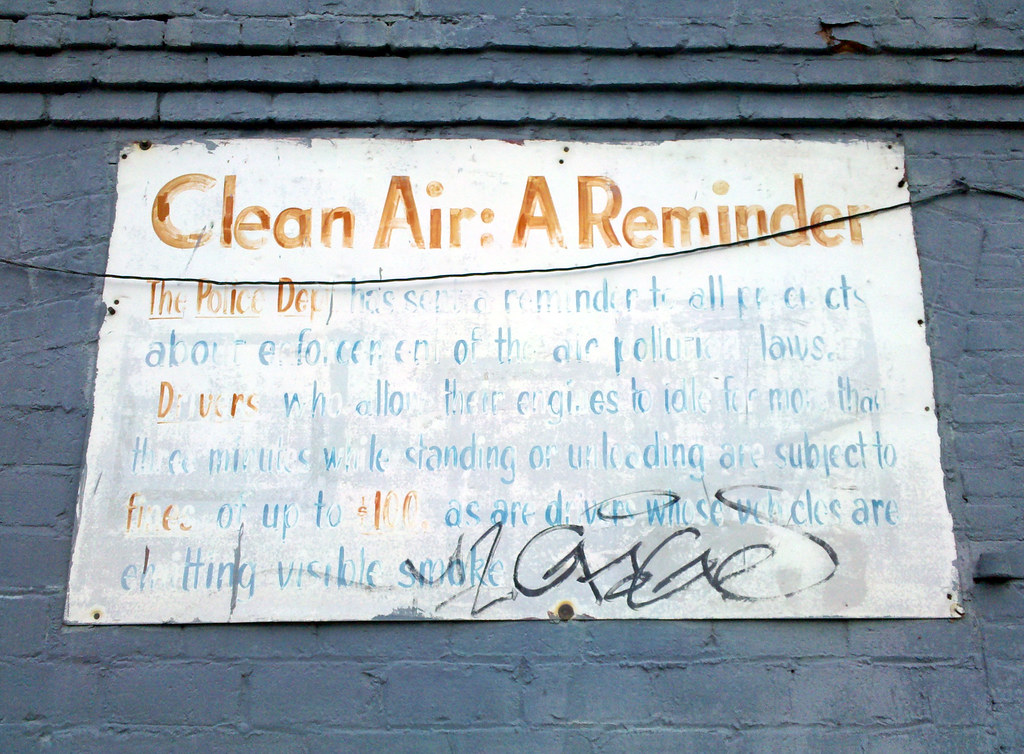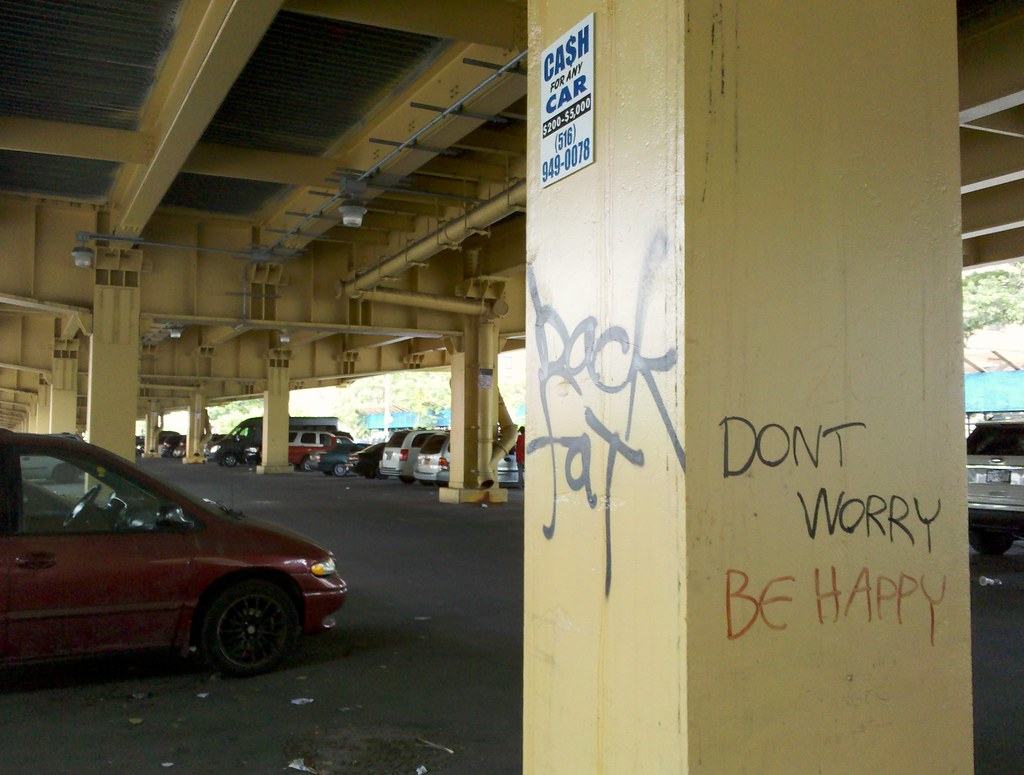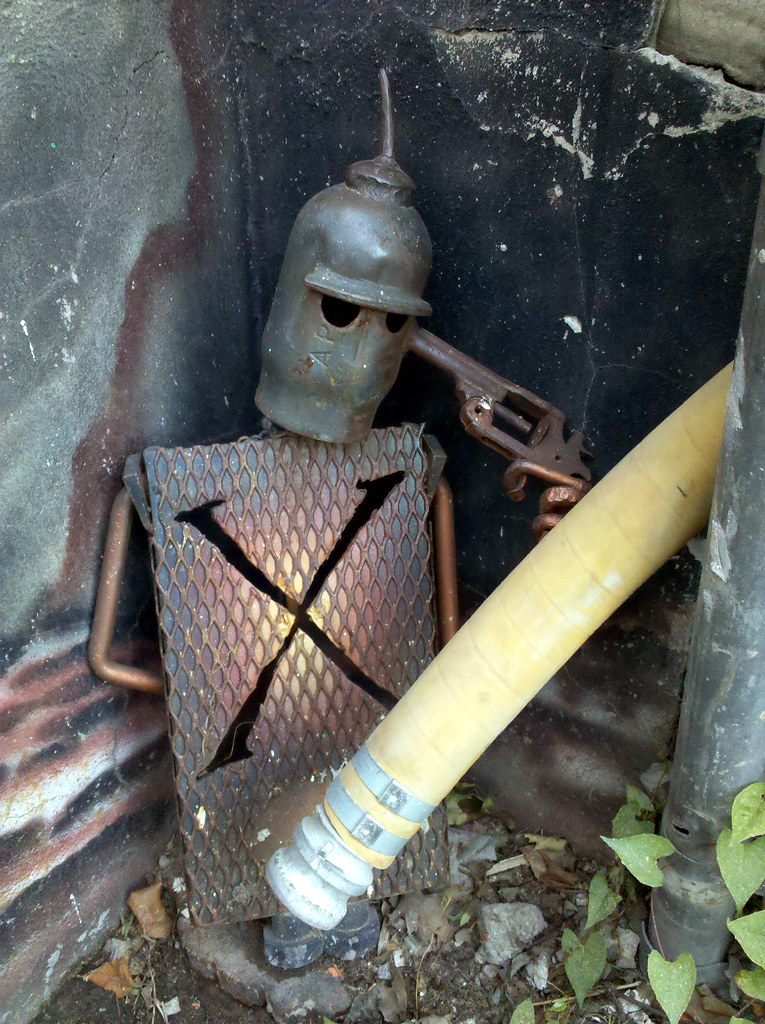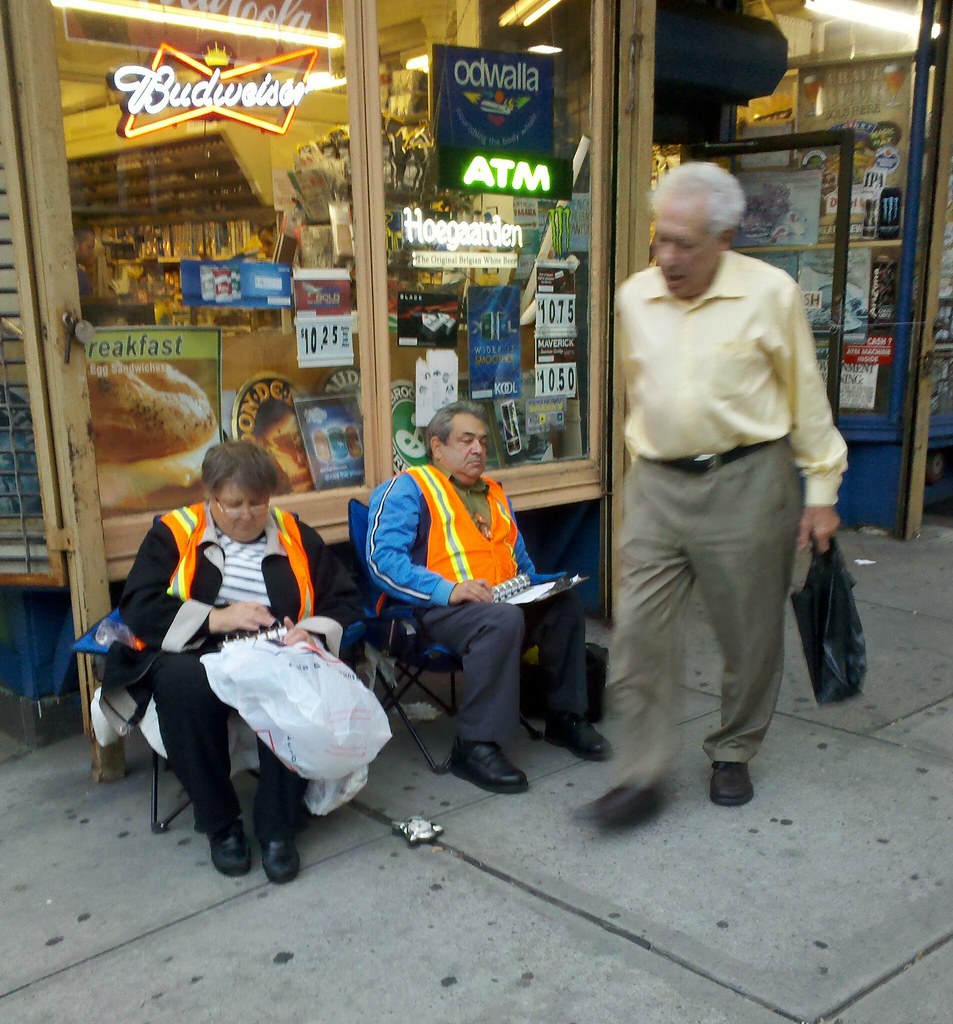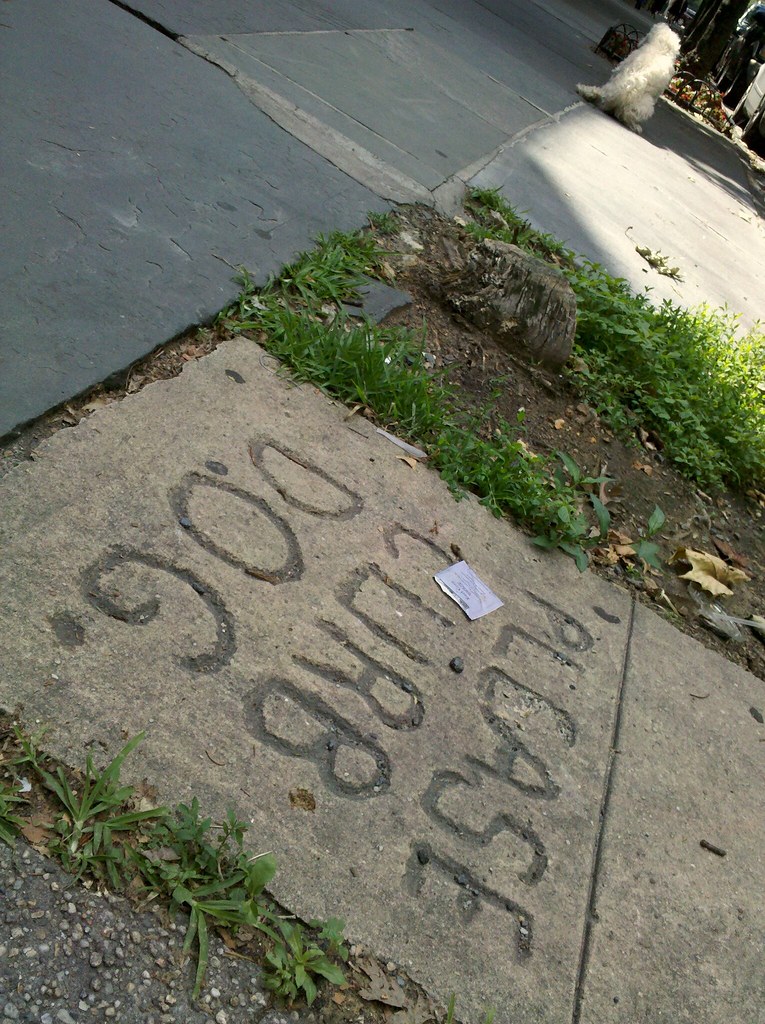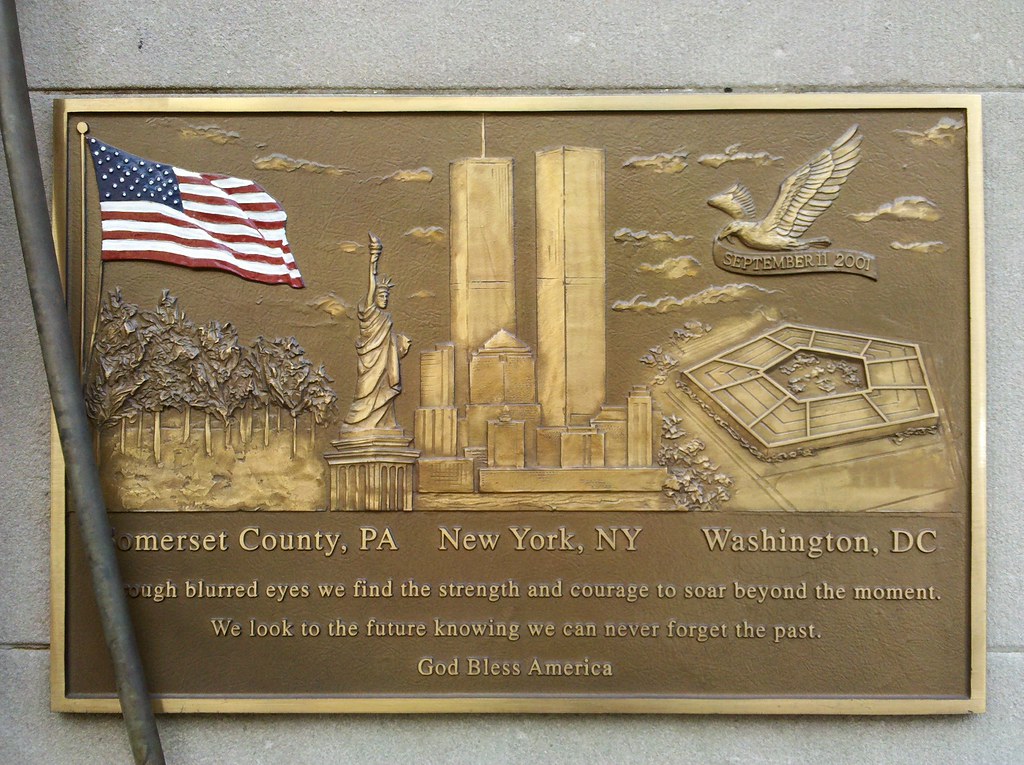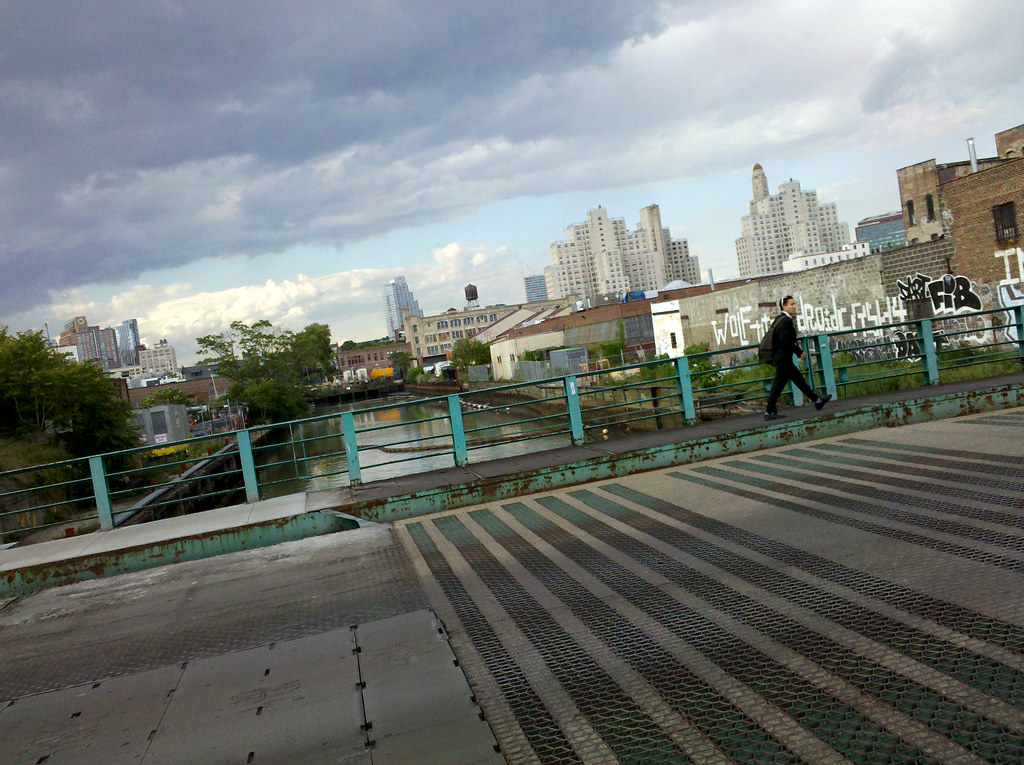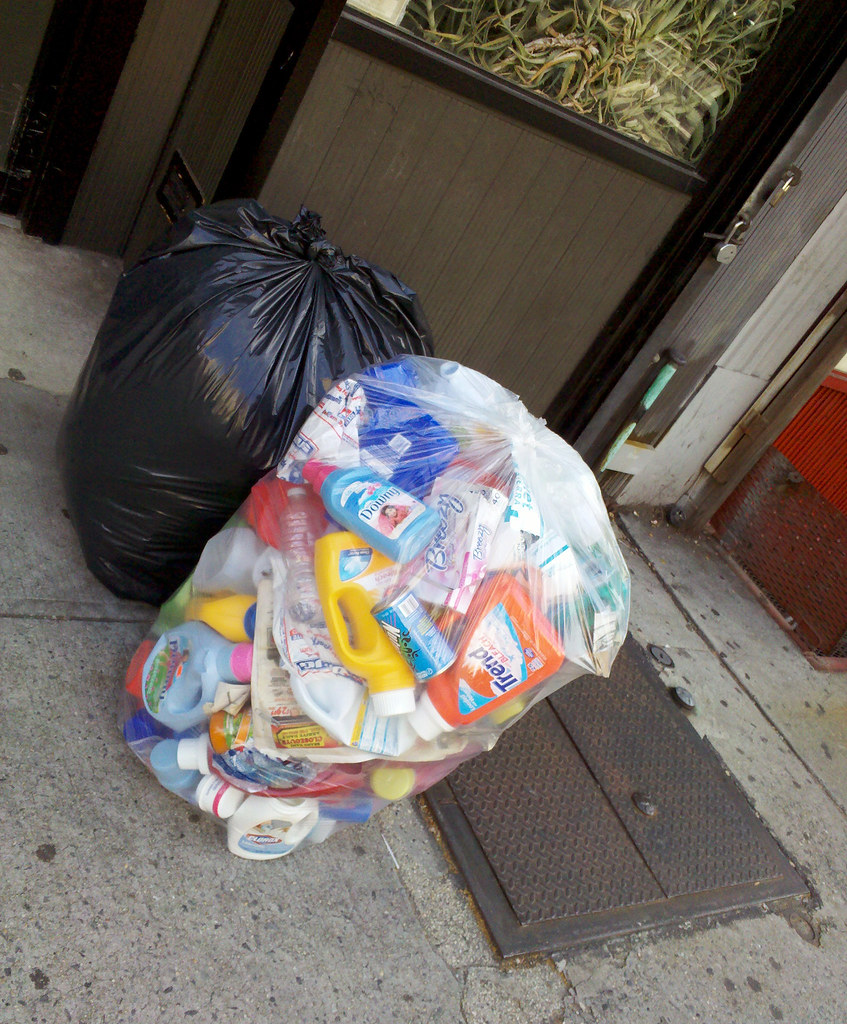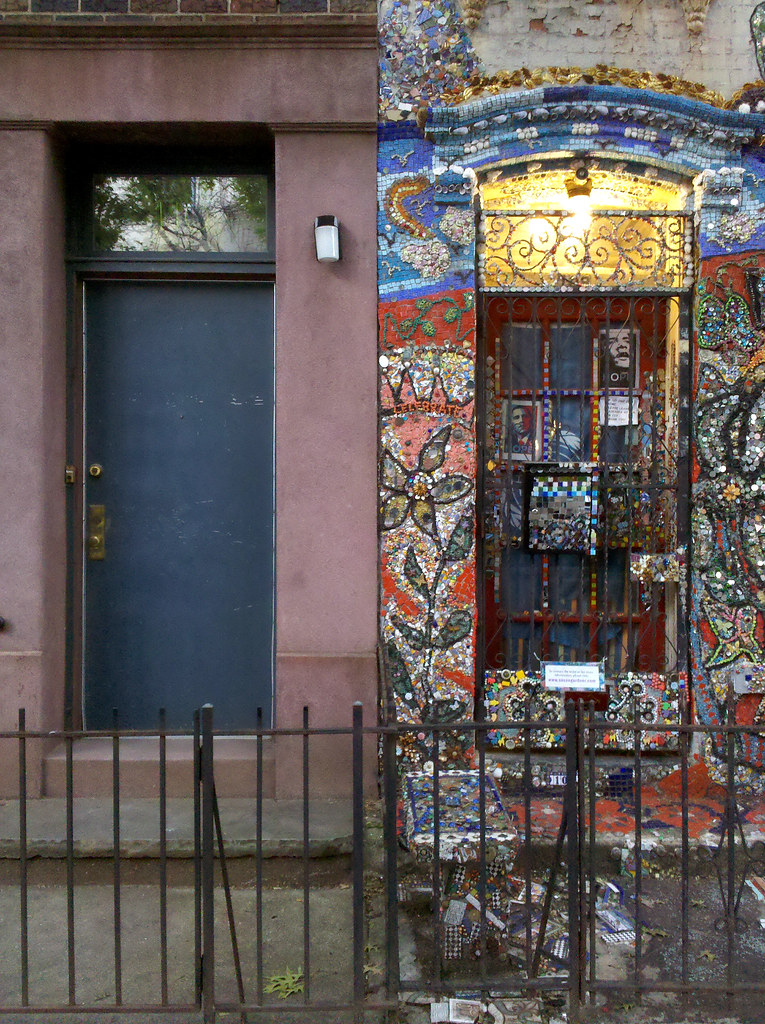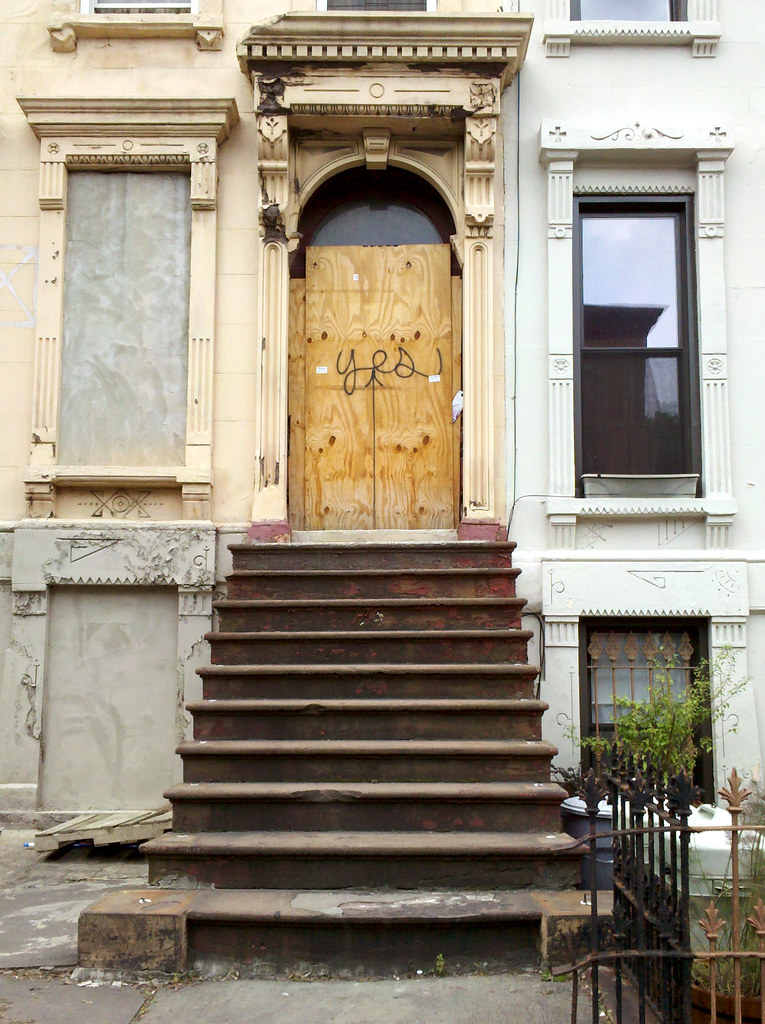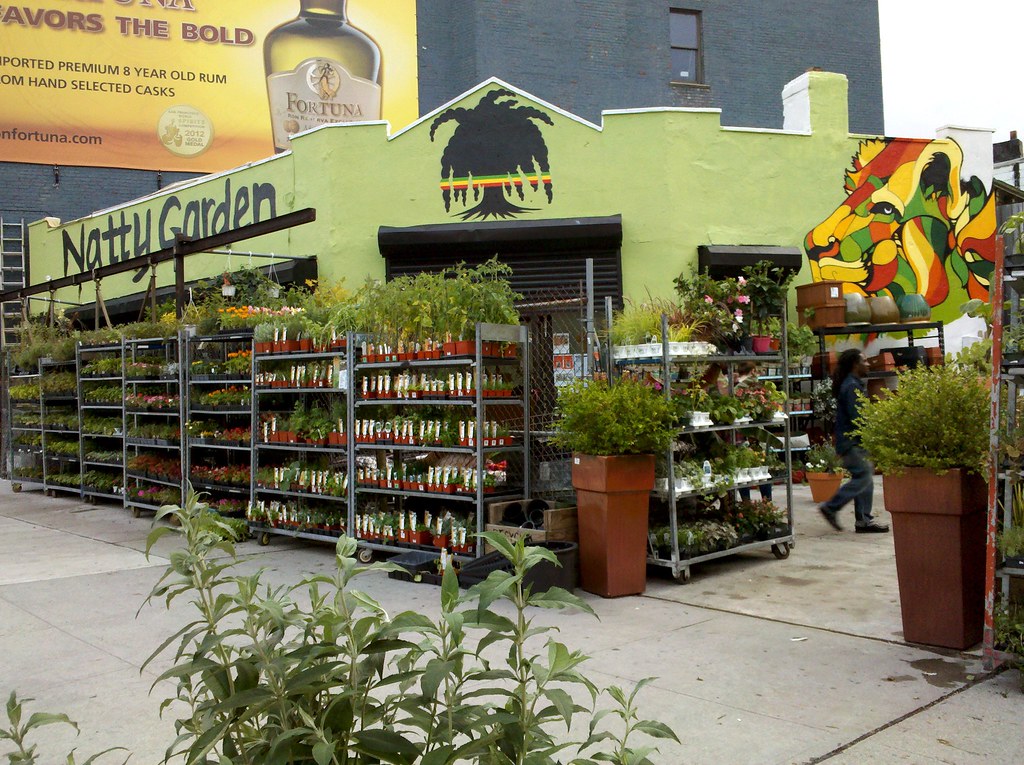
Catty-corner from the original

This madness has got to stop! Jeff Boss for President! JEFF BOSS FOR PRESIDENT!

The interior of this Albee Square bank is absolutely stunning, with a Mercury dime motif enriching the capitals of these columns and the circular frieze above them.

Once shared by 35 lodges, this massive block of a building now also serves as a part-time concert hall.

The Castle Brothers didn't just pour sidewalks; they also built Ebbets Field!
An excerpt from a 1912 NY Times article entitled "Dirt Flies in New Brooklyn Ball Park":
The baseball park is in its present state a howling wilderness . . . On the park at present are several old houses and shanties and goats and tomato cans. Mr. Ebbets warned everybody not to be alarmed at this state of affairs, because, he said, Castle Brothers had promised to rush the work of grading the diamond and building the concrete fences, and after that the work on the stands will be rushed, so that at least the games of the last third of the season of 1912 will be played at the new park.

Most of the city's remaining boot scrapers are integrated into balustrades, but every once in a while you come across one of these lone wolves.
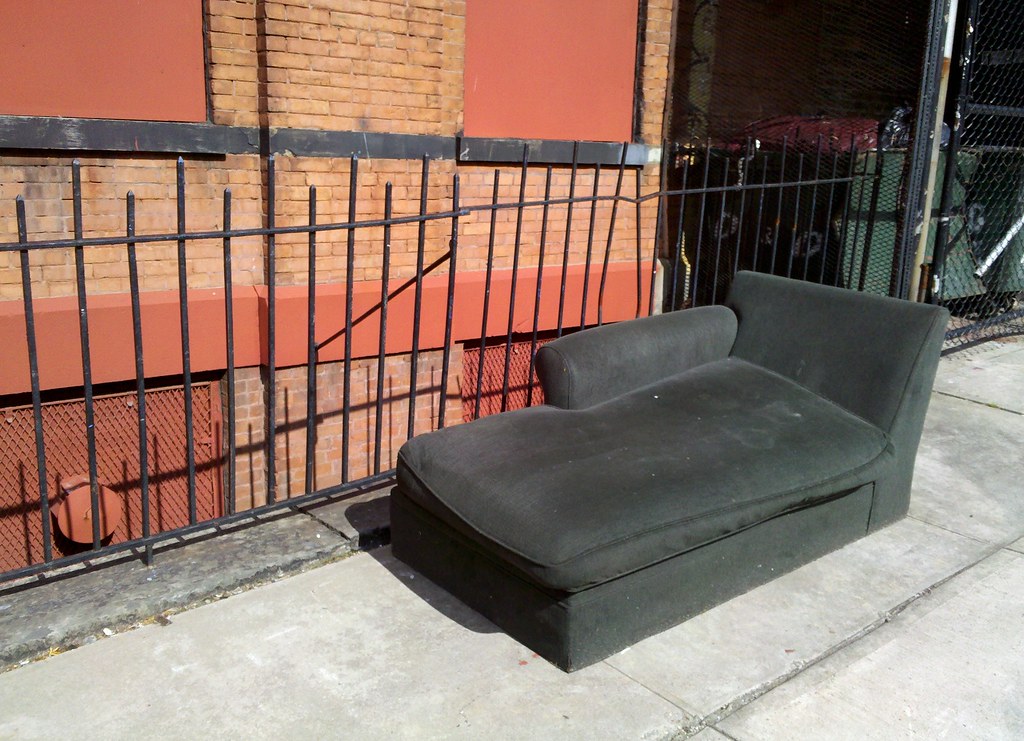
With chaise longues (chaise lounges?) making their way into all sorts of public spaces, I guess it was only a matter of time before one just plopped itself down right on the sidewalk.
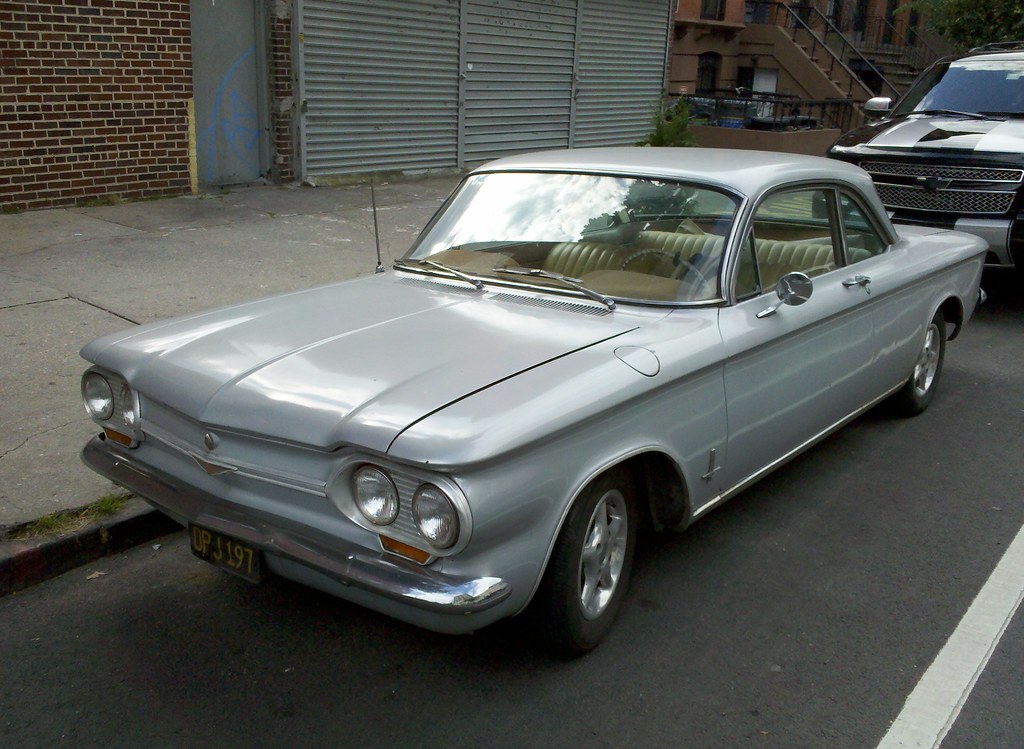
Starting in 1964, this model became safe at one or more speeds.

These beasts of the tangram (as well as several others not in the photo) seem to have adapted well to the urban environs of Cuyler Gore Park.
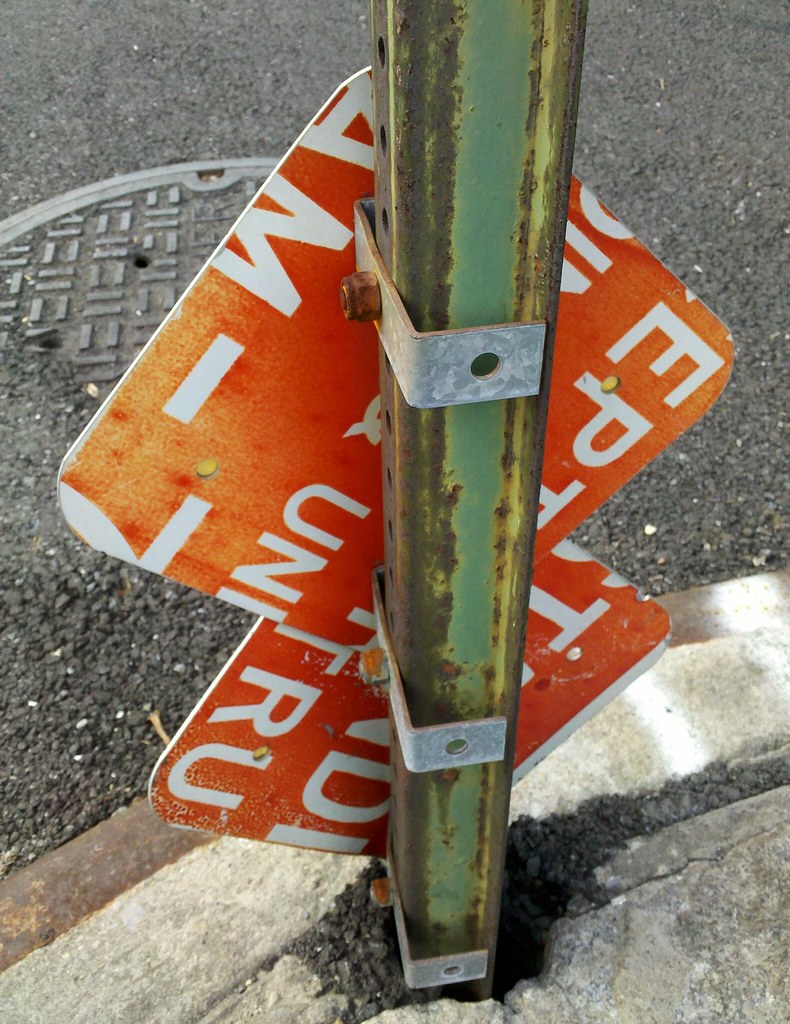
One of these suckers has been turned into little yellow warning diamonds. Perhaps you recall something similar we saw back in Oregon.

Completed in 1906 after fifteen years of construction, this twin-towered house of worship stood its ground as the Ingersoll and Whitman Houses sprung up around it, leading to the somewhat incongruous sight of a massive church standing amidst a tract of public housing. Its current altar was built with girders salvaged from the demolition of the old Myrtle Avenue El, some of whose still-standing remnants we recently came across. The church was closed last year, a casualty of a consolidation effort by the struggling Brooklyn Diocese, but a Catholic presence remains inside.

This perplexing mural livens up the Brooklyn Love Building (owned by a guy who runs a nearby Cuban restaurant — hence the Che Guevara reference, I guess).

This was once the Brooklyn headquarters of the ASPCA, which was founded in New York City in 1866. (Here's a great history of the organization.) The ASPCA owes its existence to the tireless efforts of a single man, Henry Bergh, who "alone, in the face of indifference, opposition, and ridicule," worked to bring an end to the many barbaric acts of animal cruelty once seen as acceptable. That's the organization's seal, featuring an angel preventing a man from beating a horse, perched atop the doorway; this is what it looks like up close.

Although these guys weren't exactly dry to begin with.
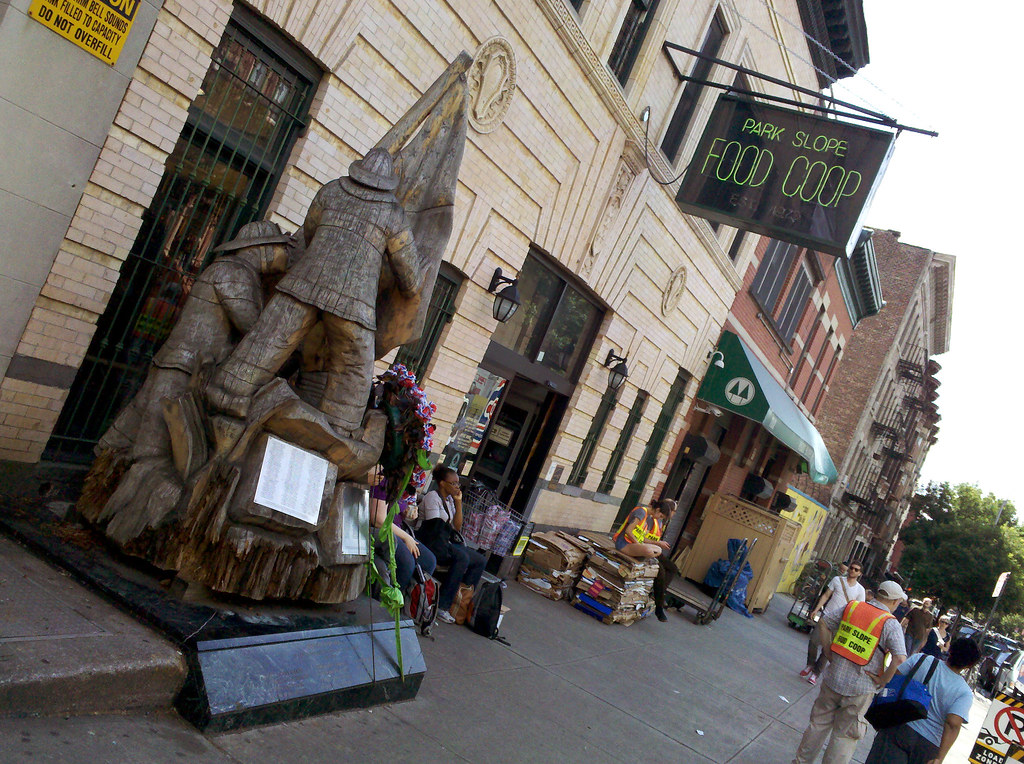
This sculpture sits outside FDNY Squad Company 1, which lost about a dozen members on 9/11. According to one of the firemen there:
This chainsaw sculpture was made by an artist in Oregon, who drove it to NYC in his truck. The city refused to take it, however, because they didn't want to be liable for people running into it and getting hurt. It eventually found its way here to Park Slope, and the Food Coop agreed to keep it on their property next door to the firehouse. The bottom of it is pretty badly rotted — it was only placed up on those blocks after a considerable amount of water damage had already occurred.
(This article tells a slightly different story.)
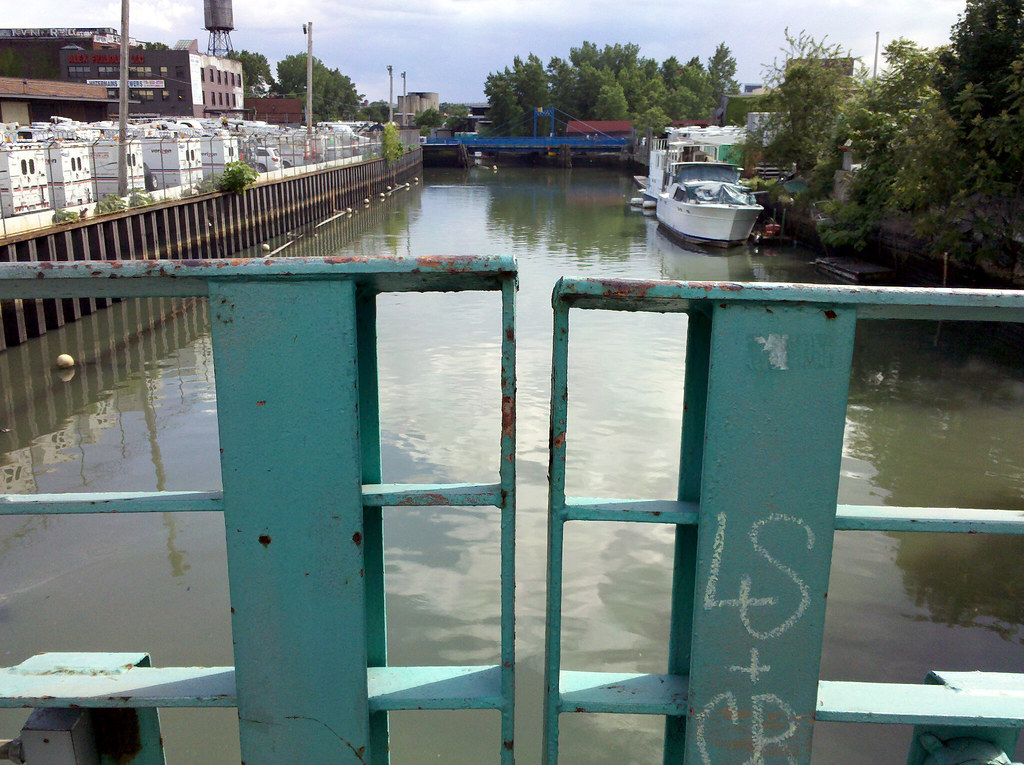
This bridge, a double-leaf rolling bascule, spans the picturesque Gowanus Canal. In the distance, you can see a wondrous blue bridge, which we'll learn more about in due time.

Glorified at Little Round Top (where the granite for this statue's pedestal was quarried) and humiliated at Five Forks, this civil engineer and Civil War general was the brother of Emily Warren Roebling, who shared the duties of chief engineer of the Brooklyn Bridge with her husband, Washington Roebling, after he developed caisson disease in 1870 and became bedridden.

This is one of two similarly adorned doorways beneath the Soldiers' and Sailors' Arch in Brooklyn's Grand Army Plaza. The interior of the arch was once open to the public, and was recently home to a puppet library, but it's currently off limits and in need of repair.
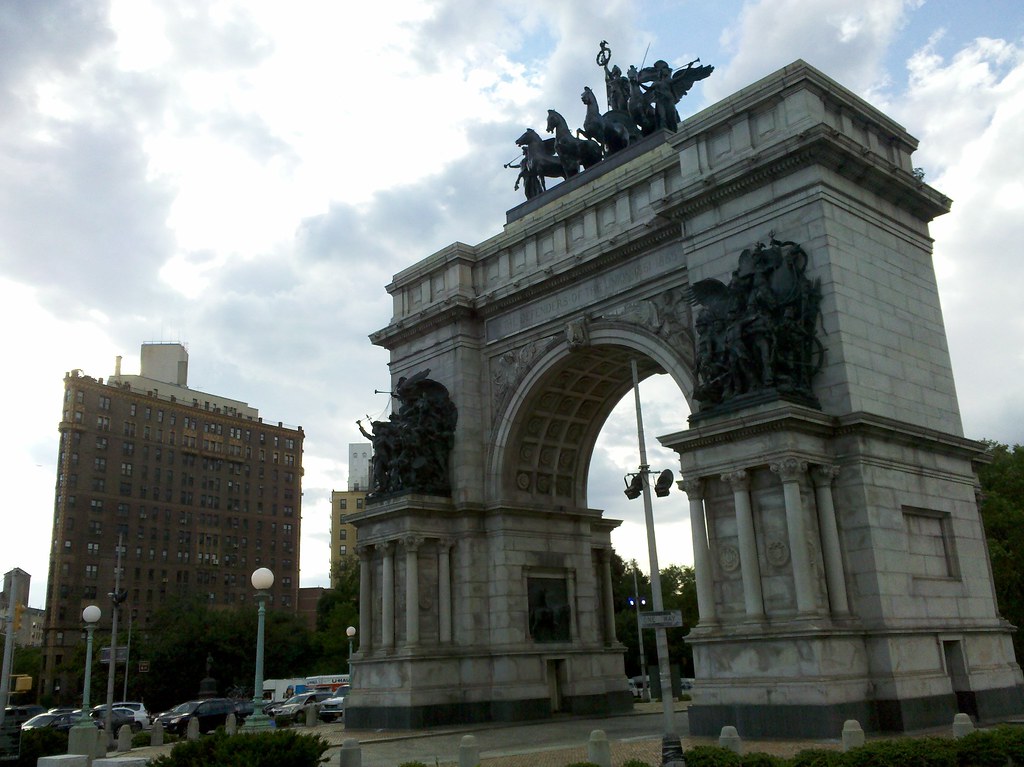
The two massive sculptures on the left and right sides of the Soldiers’ and Sailors’ Arch are entitled The Army: Genius of Patriotism Urging American Soldiers On To Victory and The Navy: American Sailors At Sea Urged On By the Genius of Patriotism, respectively.
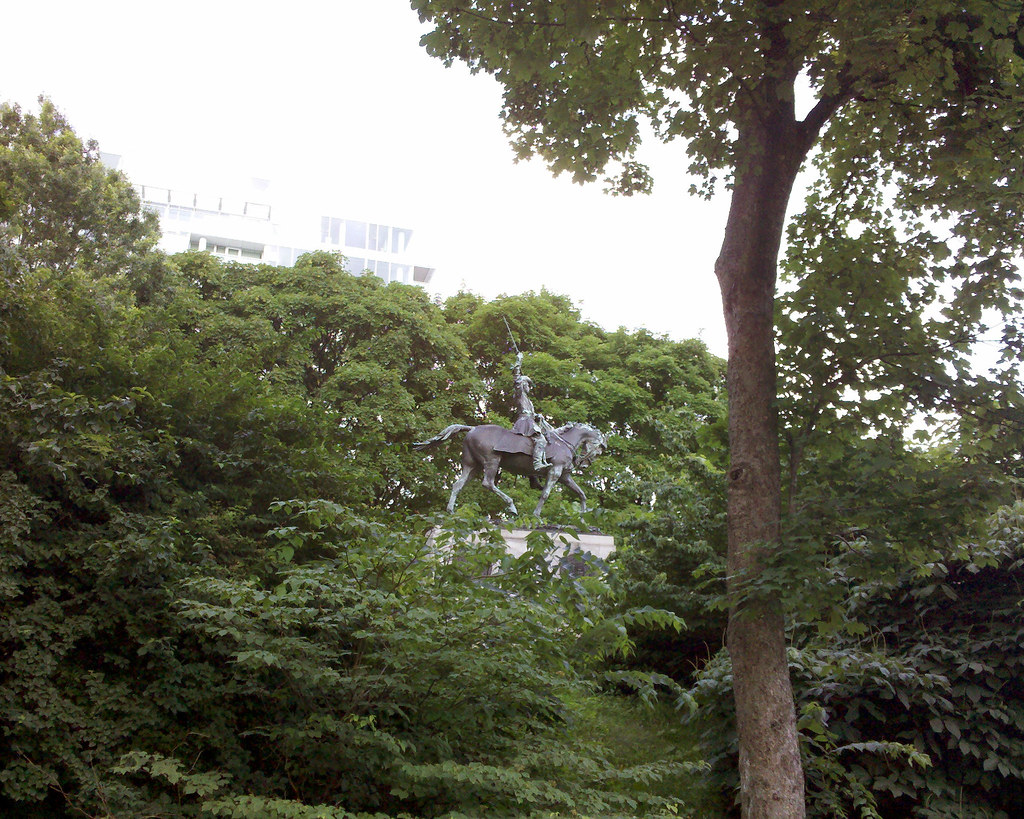
Honoring the Civil War general derisively known as "Slow Come" (and the man for whom the ill-fated General Slocum was named), this statue, much criticized around the time of its dedication, can be hard to spot amidst the dense foliage of June.
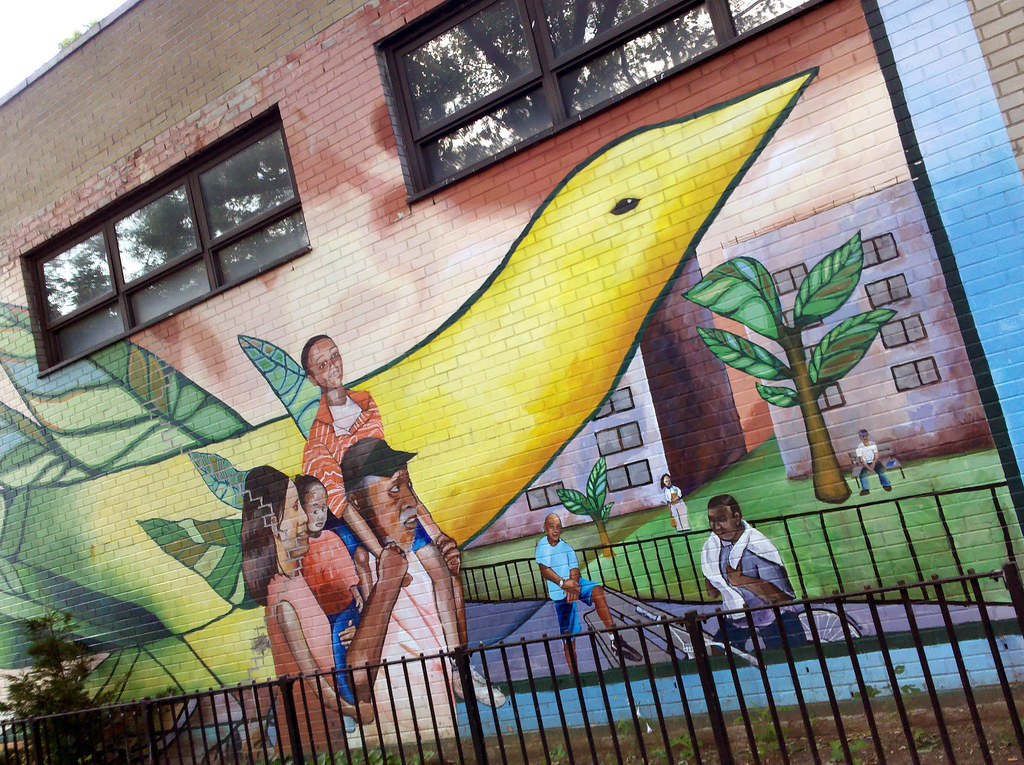
This mural is accompanied by a quotation from Hodding Carter: "There are two lasting bequests we can give our children. One is roots. The other is wings."

"One day in 2001 I went outside and started gluing things to the front of my house. I have not stopped yet. My hope was to make a celebratory statement that would cheer and amuse."
Those are the words of Susan Gardner, whose house has even earned a mention in the "authoritative, encyclopedic, opinionated and constantly consulted" AIA Guide to New York City. You can see more photos on her website; check out Street View for the big picture. And, for what it's worth, a fellow Wyckoff Street pedestrian told me that nothing beats seeing this place in the snow.

